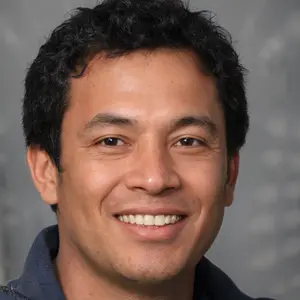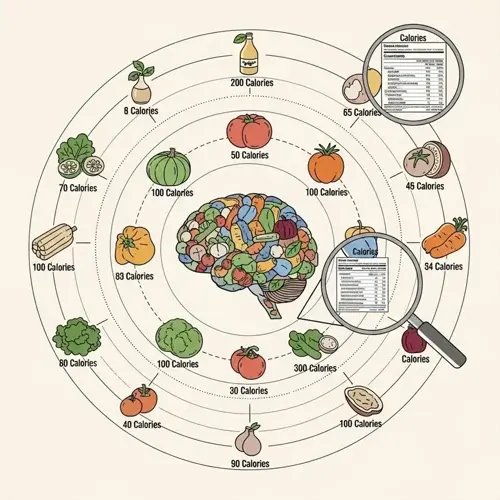What qualifications should a dance therapist have?

Written by
Tran Quang
Reviewed by
Prof. William Dalton, Ph.D.To become a qualified dance movement therapist, you need to complete a rigorous training program that meets the global clinical standards. All graduates of these programs are skilled professionals who hold specific credentials, ensuring they deliver evidence-based practice and ethical care. The professional expertise in the mind-body integration technique is in your hands with these qualified professionals.
Academic Credentials
- Master's degree from ADTA or EADMT accredited programs
- Coursework in psychology anatomy and movement analysis
- Thesis demonstrating clinical application skills
Clinical Experience
- 500 supervised hours for R DMT certification
- 2400 hours for advanced BC DMT credential
- Training with diverse populations like trauma survivors
Ethical Practice
- Adherence to ADTA code of ethics
- Regular continuing education requirements
- Cultural competence training every two years
Therapists are trained in special methods of movement analysis such as Laban Movement Analysis. They utilize this knowledge to gather information from nonverbal cues, and physical patterning. This skill enables them to ascertain emotional states that may be beyond words, in sessions.
Therapists participate in ongoing education to stay current with research. Each certification cycle requires therapists to complete 30 or more hours of continuing education. Specializations in trauma or neurology require even more training. Ongoing education ensures high standards will be maintained at every step of your therapeutic journey.
Check credentials through professional organizations' directories, such as the ADTA directory. Credentialed practitioners will be current on their certifications. They participate in supervision groups that demand clinical fidelity. This is to protect you from practitioners who are not credentialed and have not received the proper training to practice therapy with you.
Read the full article: Understanding Dance Movement Therapy

